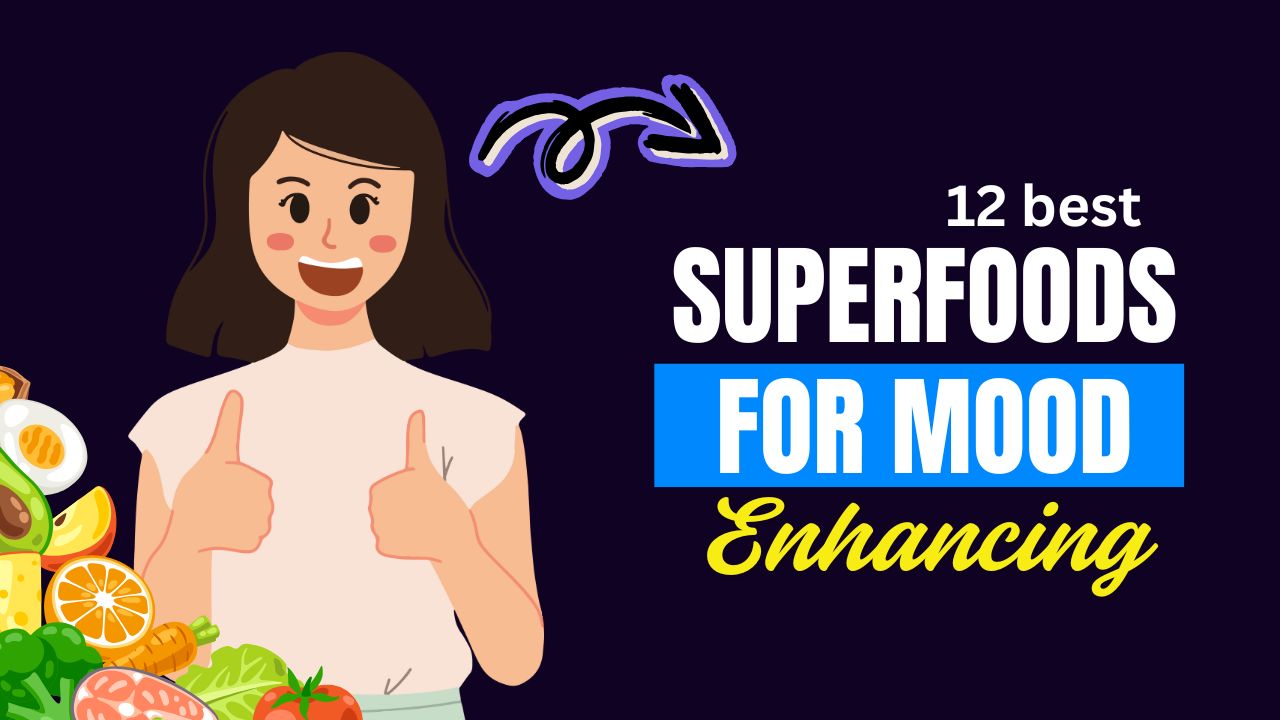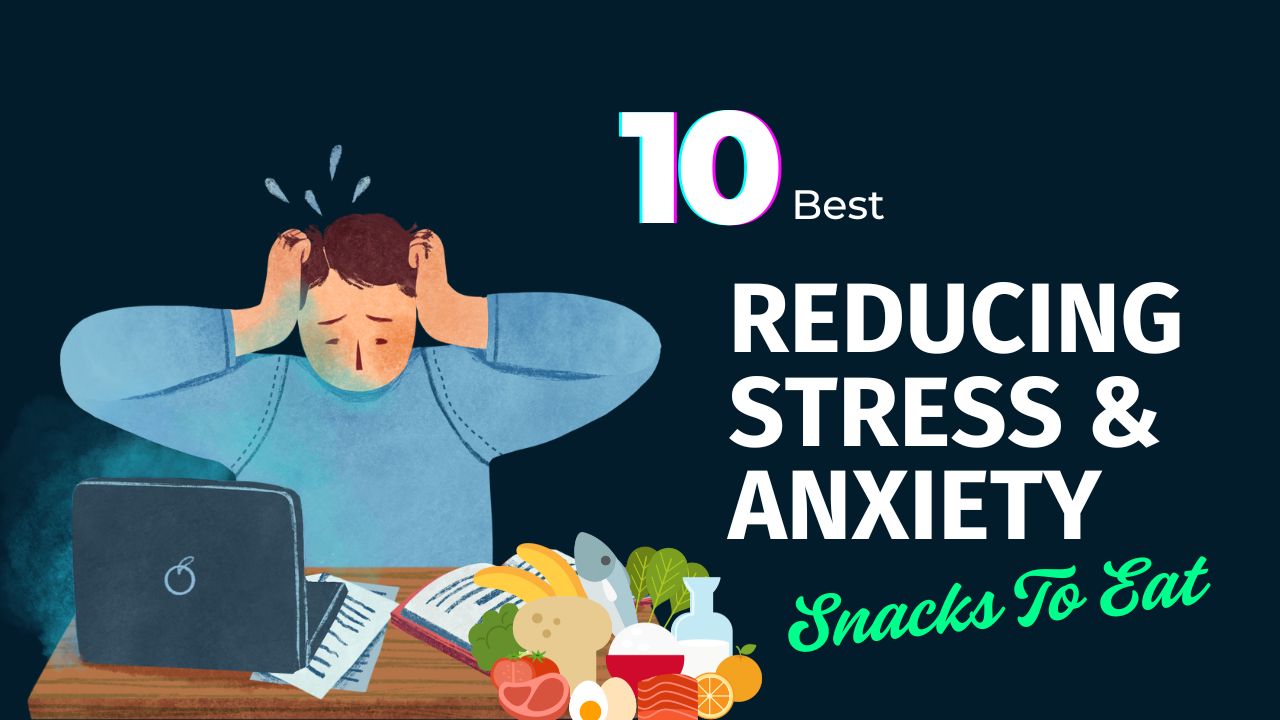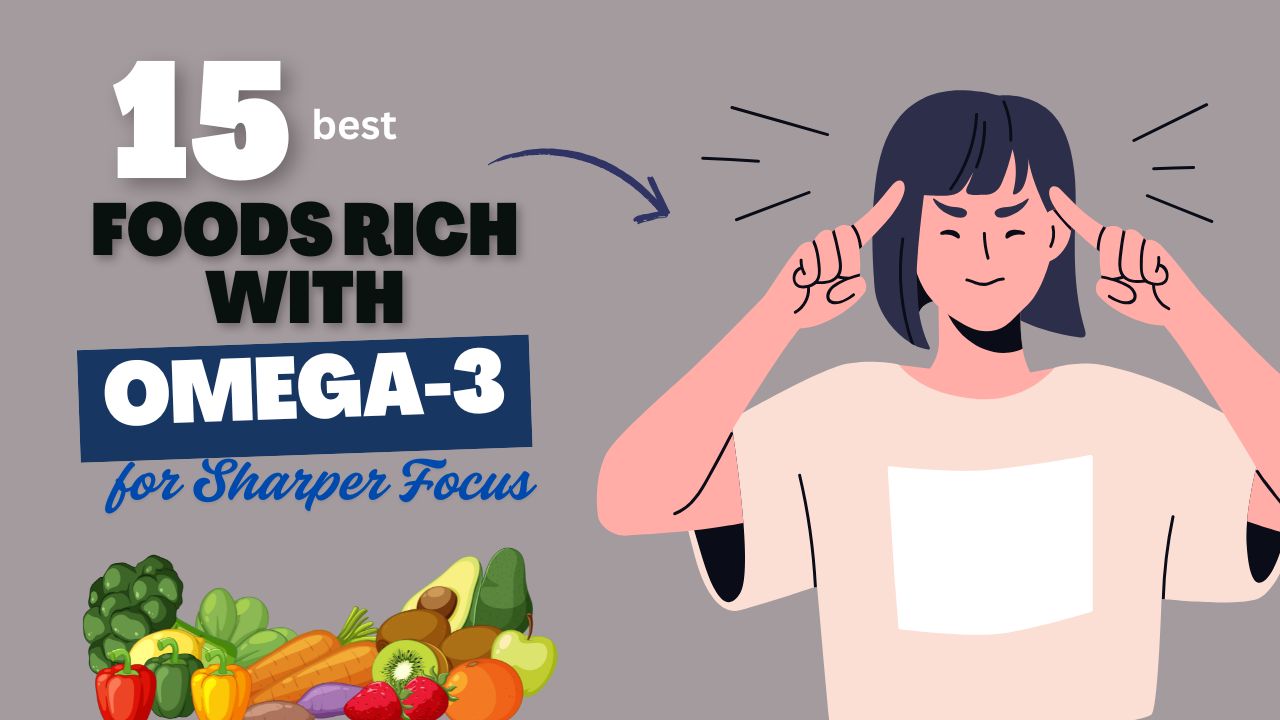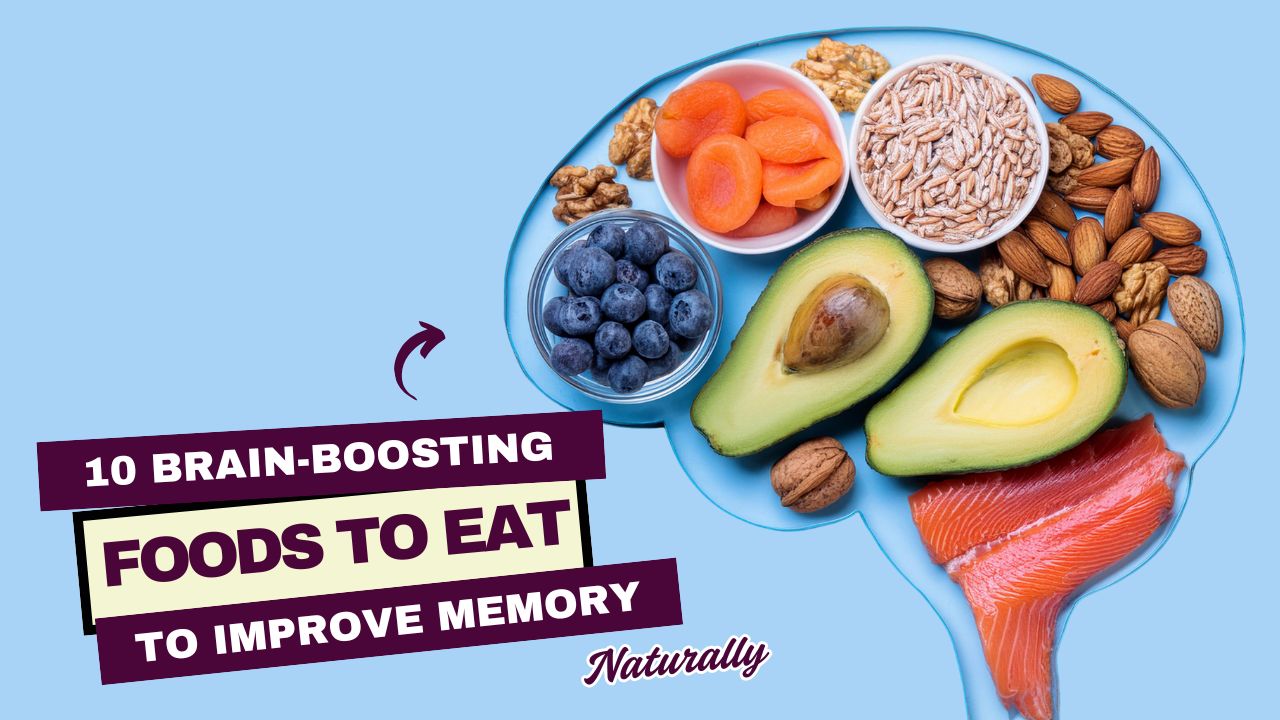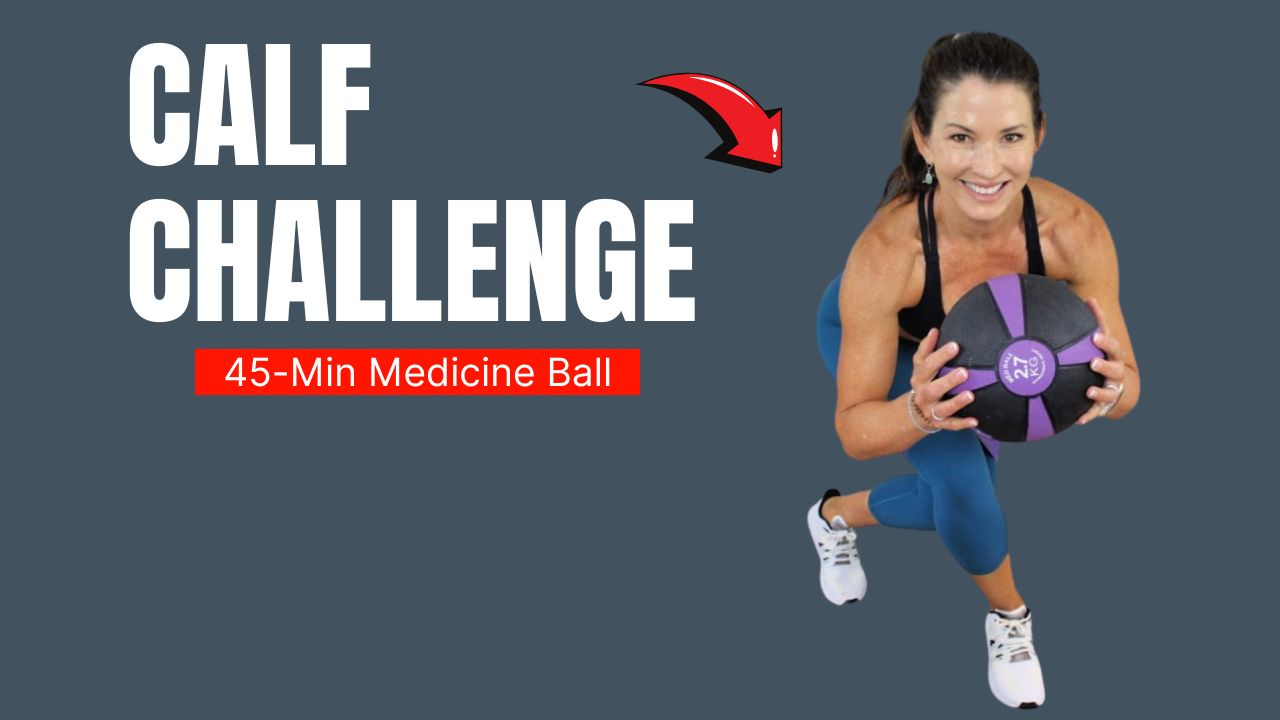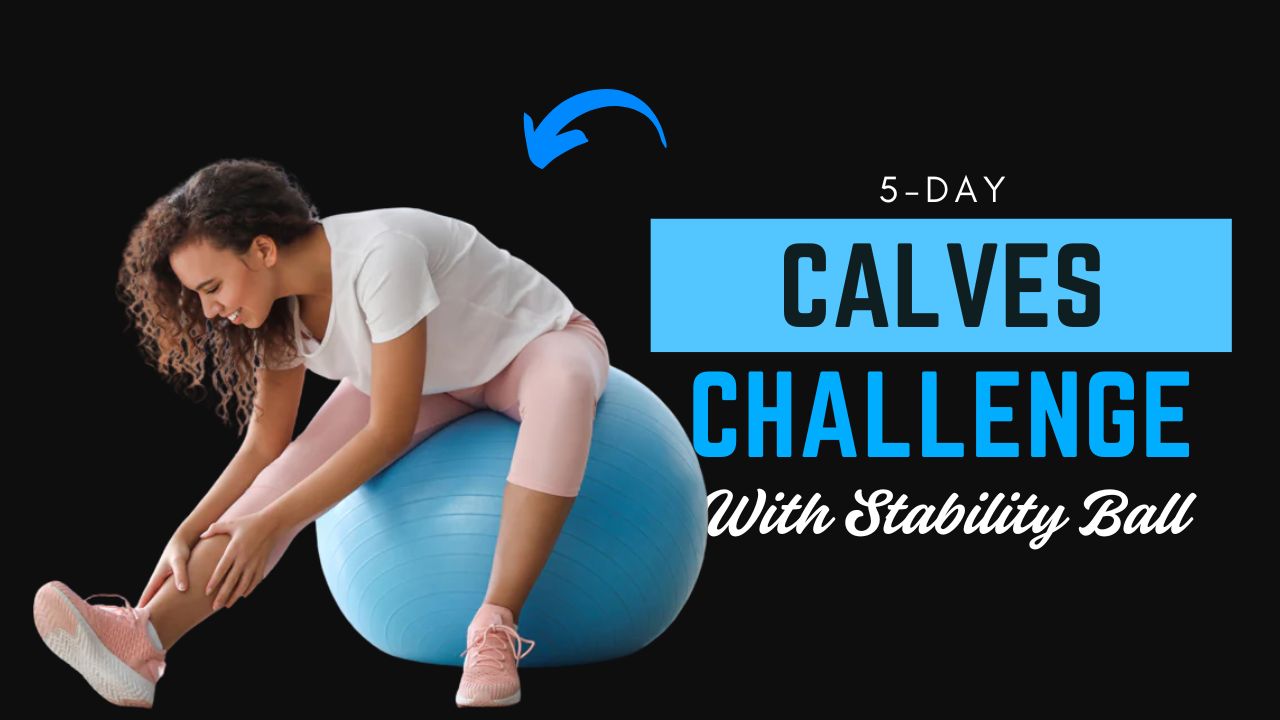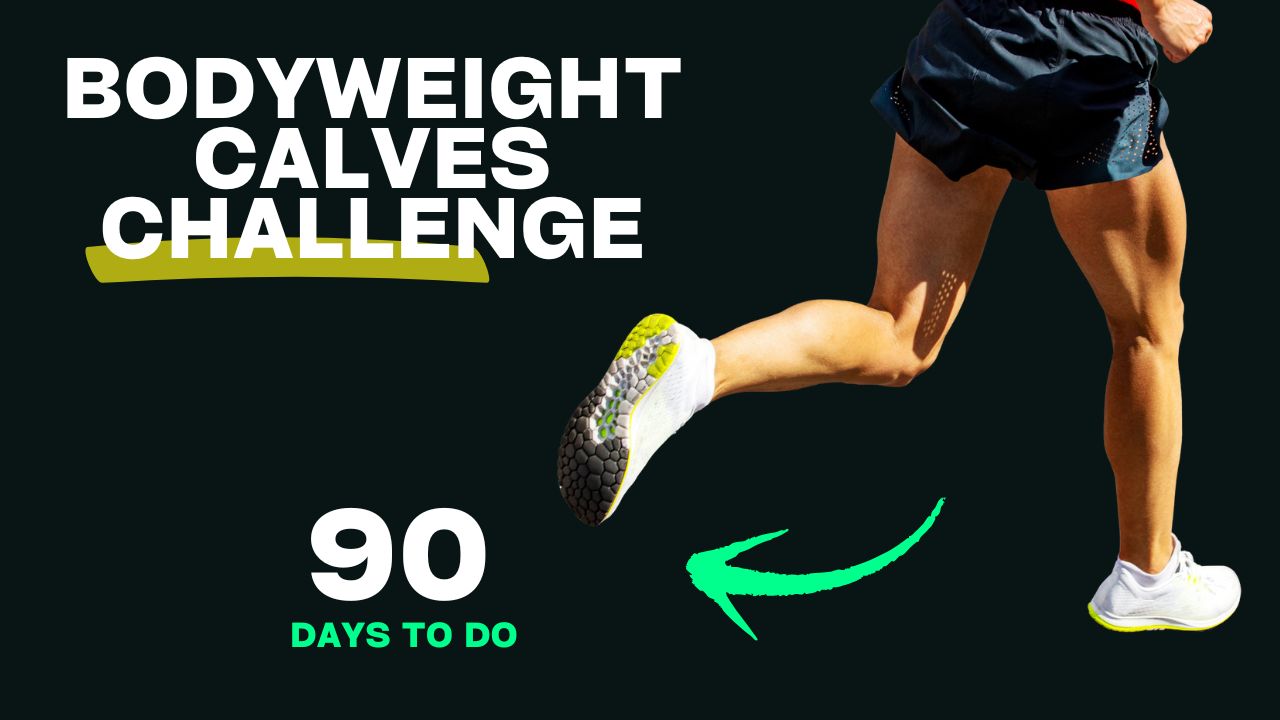In today’s age of hyper-visual impressions, one facial feature that often goes unnoticed—but has a profound psychological impact—is the eye area, especially the structure known as “Hunter Eyes.”
These deep-set, horizontally aligned eyes with a slight downward tilt and visible upper eyelids signal dominance, focus, and primal attractiveness.
But here’s the truth many overlook: you don’t need surgery to enhance this look. There are specific daily movements and exercises that target the surrounding eye muscles, promote orbital definition, and help sculpt a more chiseled, alert gaze.
Let’s explore 9 scientifically-informed and practical Hunter Eyes moves you can incorporate into your daily routine for a naturally more captivating and fierce appearance.
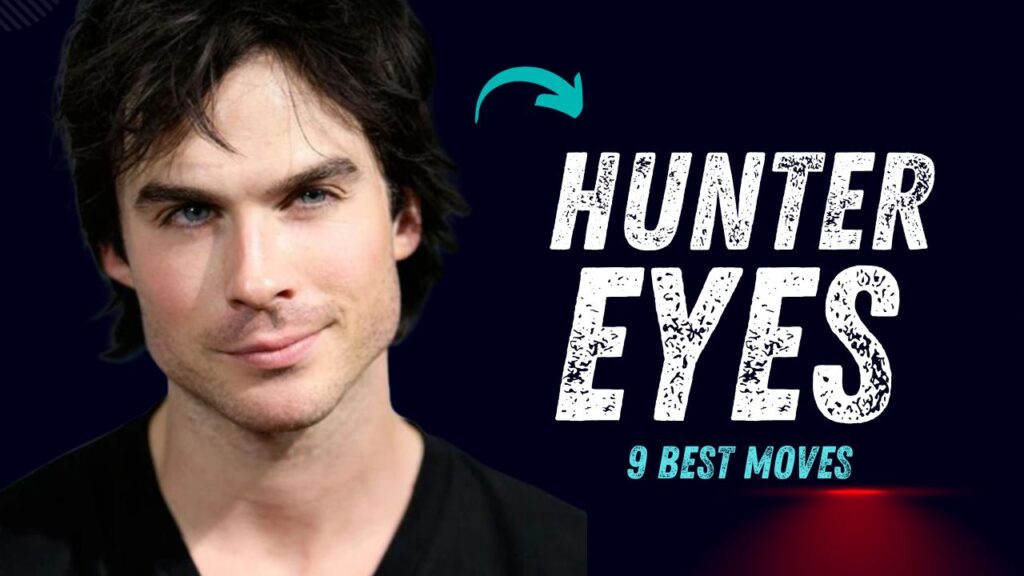
Table of Contents
What Can Happen After 30 Days of Hunter Eyes Exercises
| Area of Change | Expected Improvement After 30 Days |
|---|---|
| Eye Muscle Tone | Noticeable firmness around the eyes; stronger control in lid movement |
| Upper Eyelid Visibility | Slight lift in eyelids; better exposure of upper eyelid crease |
| Under-Eye Puffiness | Reduction in swelling and bloating due to improved lymphatic drainage |
| Gaze Stability & Intensity | Sharper, more focused eye contact; increased control over eye direction |
| Outer Eye Contour | Slight lift in outer corners of the eyes, creating a more “hunter-like” shape |
| Facial Symmetry | Subtle improvements in the balance between both eyes through daily activation |
| Midface Support | Early-stage structural support from consistent mewing and posture correction |
| Eye Fatigue | Reduced strain and tiredness from strengthened ocular muscles |
| Overall Appearance | Eyes appear more alert, defined, and dominant—without makeup or surgery |
Do’s & Don’ts for Hunter Eyes Exercise Routine
| Do | Don’t |
|---|---|
| Practice the 9 exercises daily with control and intention | Don’t rush through the exercises or do them mindlessly |
| Focus on proper form and muscle engagement | Don’t rely solely on intensity or overexert delicate eye muscles |
| Be consistent—aim for 4–6 weeks before expecting visible results | Don’t expect overnight transformation or “one-week fixes” |
| Incorporate mewing as part of your daily posture habit | Don’t clench your jaw or press your tongue only at the tip |
| Use a mirror to guide your form during squint and brow lifts | Don’t guess your movement—improper form may lead to uneven development |
| Maintain hydration and sleep to reduce under-eye puffiness | Don’t ignore lifestyle habits—they directly affect your eye area |
| Perform gentle lymphatic massages to support definition | Don’t tug or stretch the delicate skin harshly around your eyes |
| Track your progress with weekly photos under similar lighting | Don’t obsessively check daily for changes—it can feel discouraging |
| Combine with overall facial toning or yoga for better results | Don’t isolate only the eyes—facial harmony matters for true enhancement |
9 Best Hunter Eyes Moves
1. Orbicularis Strengthening Squeeze
What it targets: Orbicularis oculi (muscles around the eyes)
How to do it:
- Gently close your eyes—not tightly, just until the lids touch.
- Now, squeeze your eyelids tightly, holding for 5 seconds.
- Release and repeat 10–12 times.
This builds tension in the eye area, helps tone the muscles, and improves lid retraction—visually deepening the eye sockets.
Myth Buster: People often believe only genetics determine deep-set eyes. But muscle tone and orbital fat distribution also play a big role.
2. Brow-Set Resistance Lifts
What it targets: Frontalis muscle (controls eyebrow elevation)
How to do it:
- Place your index fingers just above your eyebrows.
- Press down gently while trying to raise your eyebrows upward.
- Hold for 5 seconds, release, and repeat 10 reps.
This resistance move helps sharpen the brow ridge, reducing the “droopy” look and promoting that signature Hunter Eyes intensity.
3. Eye-Focus Mobility Stretch
What it targets: Extraocular muscles (eye movement)
How to do it:
- Sit with your head still and move your eyes to the far right.
- Hold for 5 seconds, then switch to the left.
- Do the same for up and down.
Repeat the full circuit 3–4 times.
These stretches train the control muscles of the eyes, improving focus and symmetry in eye alignment—a key component of the Hunter Eyes gaze.
4. Upper Eyelid Activation Press
What it targets: Levator palpebrae superioris (muscle lifting the upper eyelid)
How to do it:
- Open your eyes wide.
- Place two fingers on the upper eyelid crease.
- Slightly press and lift upward while blinking quickly for 10 seconds.
Repeat 3 rounds.
This move stimulates upper eyelid visibility, making your eyes appear more open yet intense—a hallmark of Hunter Eyes.
5. Temple Push-Back Drill
What it targets: Temporalis muscle (side of the head and eye contour)
How to do it:
- Place your palms on your temples.
- Push inward while attempting to “pull” your outer eye corners backward.
- Hold and pulse for 5 seconds. Repeat 8 times.
This subtly lifts the outer eye frame, reducing lateral drooping and accentuating the eye’s natural almond shape.
6. Mewing (Tongue Posture for Midface Support)
What it targets: Maxilla support, facial structure, and orbital placement
How to do it:
- Rest the entire tongue on the roof of your mouth, not just the tip.
- Close your mouth and lightly press upward without clenching your jaw.
- Hold throughout the day as a default posture.
Mewing helps support the midface and infraorbital region, promoting more defined eye sockets over time. It’s not a quick fix but essential for structural enhancement.
7. Eye Area Massage for Lymphatic Drainage
What it targets: Puffiness, tension, and fluid buildup
How to do it:
- Use your ring fingers to gently sweep under the eyes, starting from the inner corner outward.
- Follow along the brow bone back to the inner corner in a circular loop.
- Repeat for 2–3 minutes daily.
This helps reduce orbital puffiness and increase definition around the eyes—especially in the morning.
Interesting Fact: Swollen or puffy eyes can visually “push” the eyes forward, giving the opposite effect of Hunter Eyes.
8. Squint-Hold Isolation
What it targets: Lower lid tension and eye frame shaping
How to do it:
- Keep your upper eyelids still.
- Squint only using the lower eyelids, like trying to look tough or suspicious.
- Hold for 10 seconds, repeat 5–7 times.
This fine-tunes the lower lid muscles and develops the “hunter glare”—an alert and focused look often seen in high-testosterone faces.
9. Gaze Stability Drill
What it targets: Eye coordination and micro-movement control
How to do it:
- Focus your eyes on a single point 10 feet away.
- Without moving your head, hold the gaze for 30 seconds.
- Repeat 3 times daily.
This builds unshakable eye presence, helping you appear more intense and self-assured without effort.
Final Thoughts
While Hunter Eyes are often associated with genetics and facial bone structure, small daily efforts targeting the right muscle groups can significantly improve the appearance of your eye area.
The 9 moves above are not about overnight transformation but gradual, natural enhancement through daily consistency.
Frequently Asked Questions (FAQs)
Can I actually get Hunter Eyes with exercise?
While you can’t drastically alter your bone structure, consistent exercises targeting the muscles around the eyes can improve definition, reduce puffiness, and create the illusion of deeper-set eyes. Over time, this enhances the “Hunter Eyes” appearance without surgery.
How long does it take to see results from these moves?
Most people start noticing subtle improvements in 2–4 weeks with daily practice. These include less puffiness, stronger eye muscles, and better gaze control. Structural shifts (like from mewing) can take months to years.
Are Hunter Eyes better looking than other eye shapes?
Not necessarily “better,” but Hunter Eyes are often perceived as more intense, symmetrical, and attractive in both men and women due to their primal association with alertness and dominance.
Do these exercises work for all ages?
Yes. These eye-area movements are safe and effective for teens, adults, and even older individuals, though consistency is key. They’re also a great non-invasive alternative to cosmetic procedures.
Is mewing actually effective for eye enhancement?
Yes, when done consistently over time, mewing supports the maxilla (midface), which in turn can subtly lift and deepen the eye sockets. It won’t change your face overnight but can contribute to long-term enhancement.
Will these moves help with tired or droopy eyes?
Absolutely. Several of the movements, especially the eyelid presses, squint holds, and lymphatic massage, are excellent for reducing droopiness and fatigue, giving you a more awake, sharp-eyed look.
Can women also benefit from Hunter Eye exercises?
Definitely. Though the term is often used in male aesthetics, women can also benefit from these routines to achieve a more defined, confident, and focused gaze, which enhances facial harmony.
Do I need any equipment to do these eye exercises?
No equipment is needed. All 9 moves can be done anytime, anywhere, using just your fingers and facial muscles—making them perfect for daily use and travel-friendly.
Can I combine these moves with facial yoga or other routines?
Yes! These Hunter Eye exercises pair well with facial yoga, jawline sculpting, and posture work for overall facial enhancement. Just make sure not to overdo it—muscles around the eyes are delicate.
